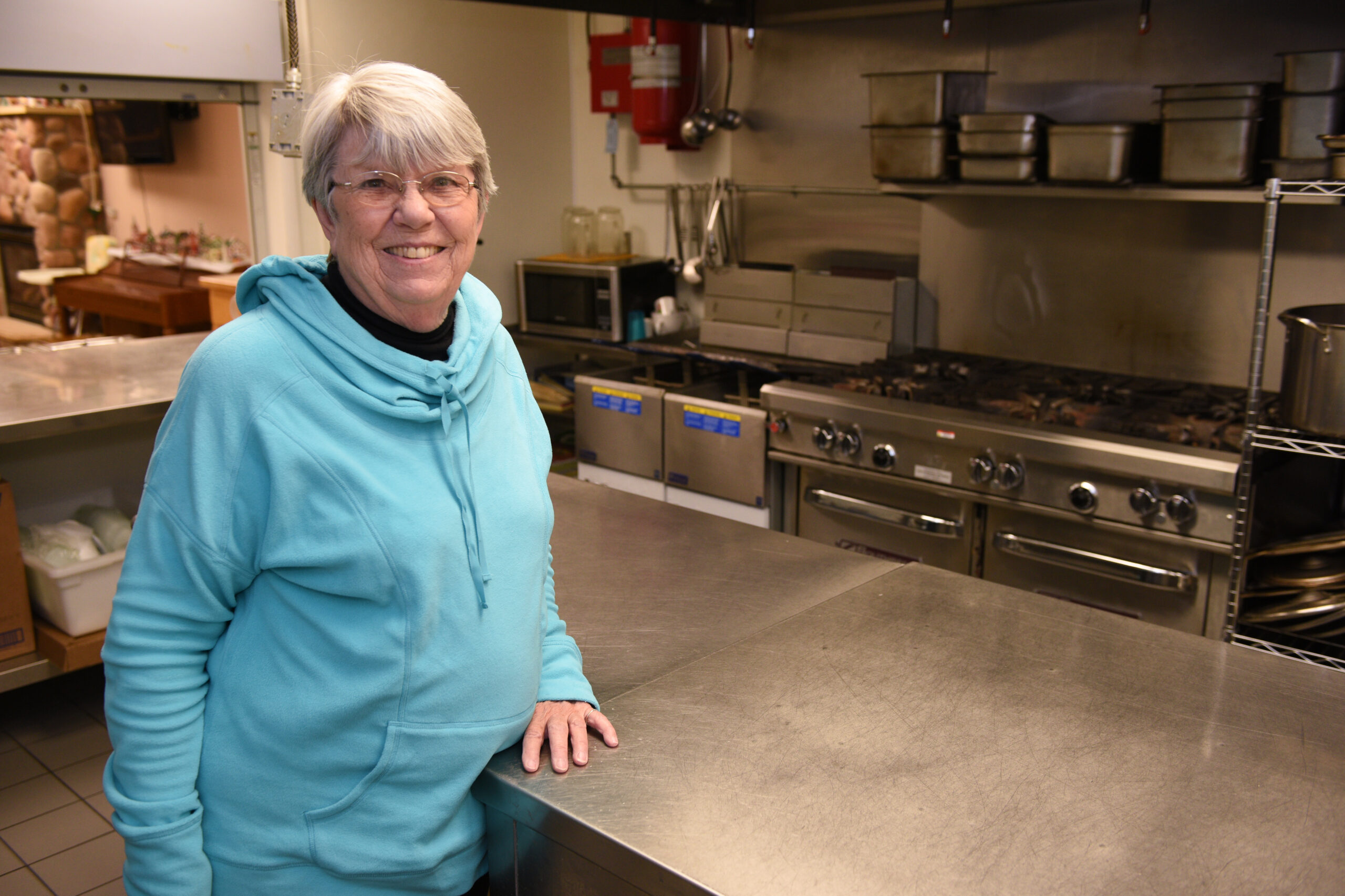
Impact
Since 1969, Mardag Foundation has provided grants for nonprofits in Minnesota.
A Clear Vision
With a focus on the East Metro and Greater Minnesota, Mardag Foundation invests in nonprofit organizations and builds strategic partnerships with philanthropy.

A Thriving Community
Agnes Ober established Mardag Foundation in 1969. Today, the Foundation honors Agnes’s legacy of giving back to those most in need.
In the first grant round of 2025, Mardag Foundation awarded $1.5 million in grants to 48 organizations.
Our Impact
126
Grants Given in 2024
Supporting youth and families, older adults and arts across Minnesota
$3M
Dollars Granted in 2024
Providing general operating and some capital support to nonprofits
50
Years of Generosity
Investing in the well-being of children, youth, families and older adults
